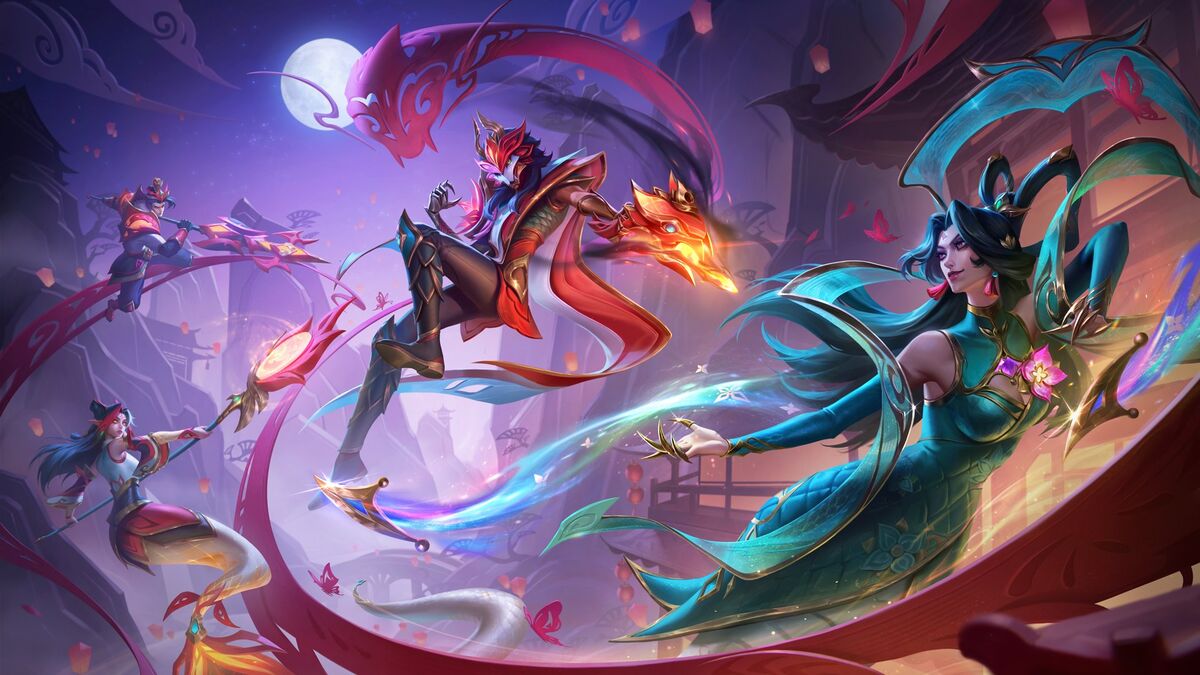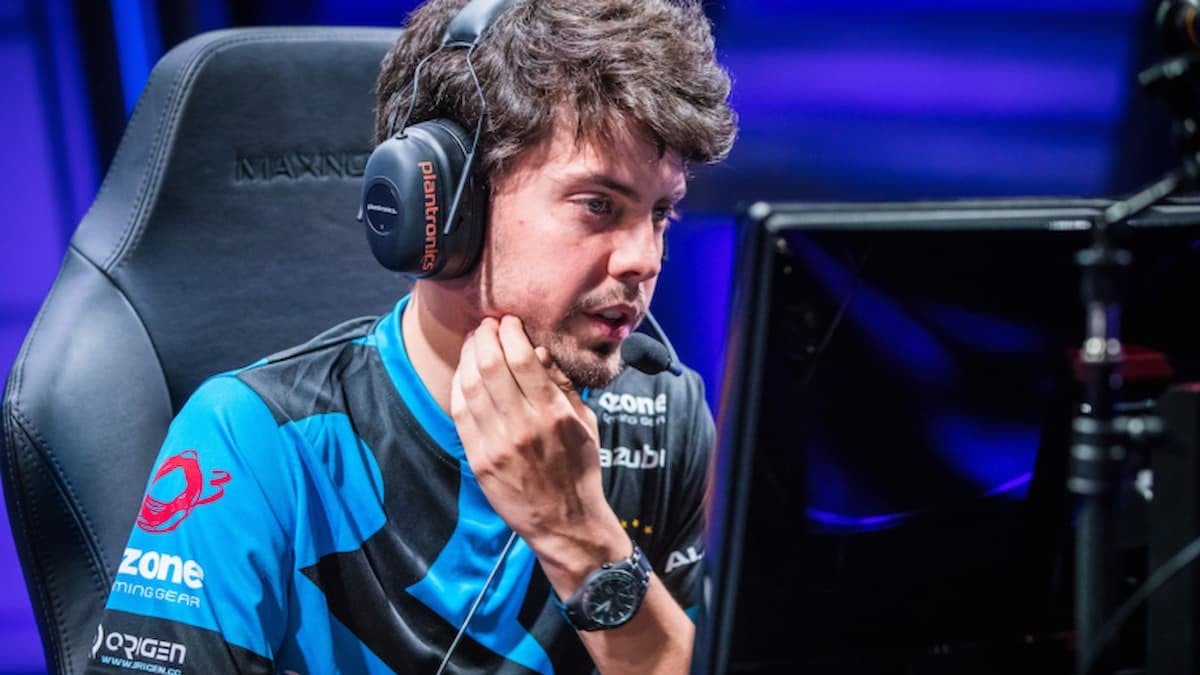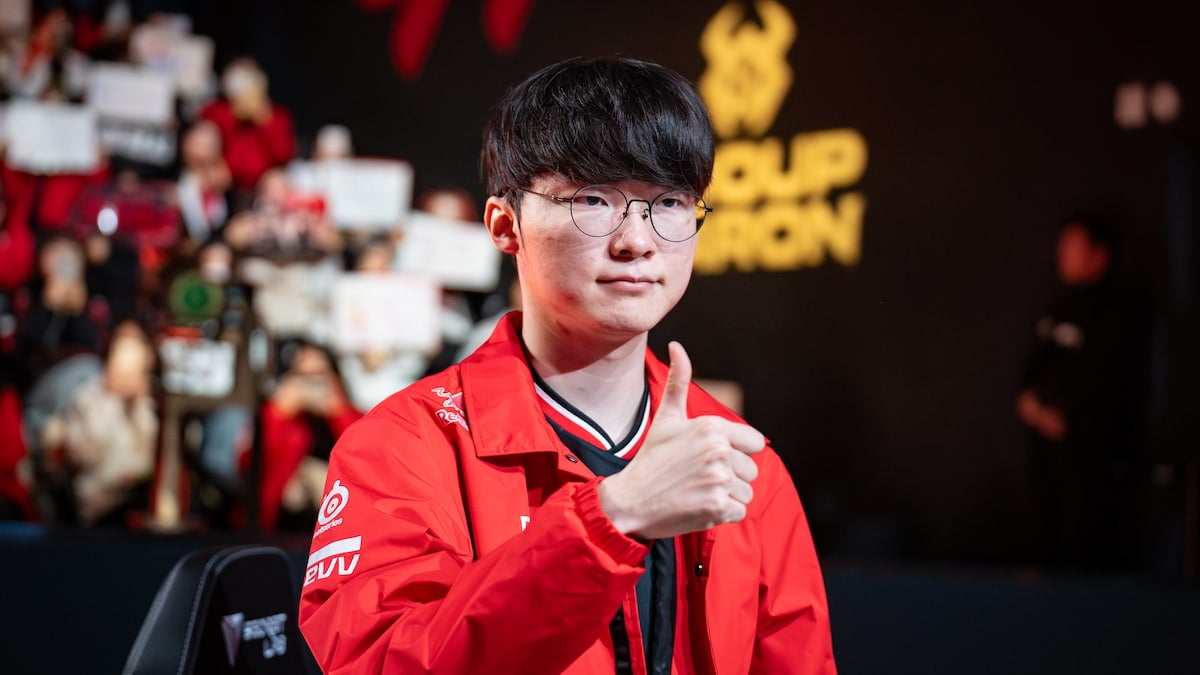In February of 2013, 16 year-old midlane prodigy “Lee Sang-hyeok” joined League of Legends team SK Telecom T1. Previously only being known for success in Korean SoloQ, this midlaner was brought into SKT as fresh talent in an attempt to grow SKT’s secondary lineup. This player, who goes by the username of Faker, is now regarded as arguably the best League of Legends player in the world. Within his first year on the team, Faker would win multiple seasons of OGN and the 2013 League of Legends World Championship with SK Telecom.

North American player Will “Meteos” Hartman shares a similar path to stardom with Faker. Known as a successful player in normal games, Hartman joined Challenger team Cloud 9 for his ability to play in a variety of roles. Meteos has since won two NALCS splits with the team, won IEM San Jose 2014, and took home the MVP award for his performance in the NA Season 3 Regionals.
This transition from SoloQ to professional is mirrored in “real” sports. Organizations in the MLB (Major League Baseball) do a great job at nurturing and acquiring talent; setting an example for how eSports organizations should be finding “the next great player”. To join the MLB, athletes tune their skills in high school and college sports programs. From the college level, they are then scouted by organizations. This system was created in order to continuously produce talent that could compete at the highest level of play.
Despite the age of League of Legends, we are already seeing organizations begin to work towards creating systems that will help “unearth” future eSports talent. This is already being done, as eSports organizations are creating secondary teams in order to field and improve a group of players that could eventually replace the main roster. In NA, we have seen LCS teams such as Curse Gaming and compLexity create challenger teams fueled through a partnership with the main roster.
International Player Transfers
There are, however, doubts that come alongside this effort towards stronger player acquisition systems. Even though efforts have been made to create a stronger infrastructure for challenger teams in North America, 30% of all players in the 2014 Summer Split of the NA LCS were imported from outside regions. 2015 will see an increase in overseas transfers to North America as Curse Gaming, Team Dignitas, Team Impulse, and Team Coast are expecting to bring overseas players to the NALCS. This exodus of players into NA is happening in China, as a majority of “top tier” players from OGN in 2014 have joined Chinese teams. Why are regions such as North America and China having trouble producing talent domestically?
“I bet you there’s a Faker in every region, it doesn’t matter where they are […] its just that Korea is the best at finding the Faker and turning him into a god.” – CLG Doublelift
The preceding quote from Doublelift sheds light on an interesting thought: that every region has top level talent, it is simply that regions such as Korea are better at finding and improving players with natural talent. Is it true that Korea has consistently produced talent due to strong infrastructure within organizations? Let’s analyze SoloQ stars in the four major regions; and see if ladder depth correlates with talent on the highest level of play.
Europe

European teams have surprised many by choosing not to import a surplus of overseas talent, while North America has seen player transfers between regions become common. While it is true that European regions have more players than the North America region, talent out of Europe seems to be more plentiful than that of players within the states. Recently, players such as Fox, Rekkles, Zvanillan, and Febiven have shown that Europe is able to continuously produce top-level talent, as all four of these SoloQ stars will be competing in the upcoming EU LCS split.
H2K midlaner Febiven is expected to move to Fnatic for the upcoming split, with Korean midlaner Ryu filling his spot on H2K. Febiven, holding multiple accounts in the Top 10 of EUW challenger, is one of many top level midlaners that have came out of Europe. Bjergsen, Froggen, Incarnati0n, Alex Ich, and now rising stars such as Febiven and Fox are proving that Europe does not seem to have the “talent problem” that seems to be prevalent in North America.
North America
The North American Challenger rankings are primarily dominated by players who are already in the LCS. EG’s Pobelter holds four spots in the Top 10 rankings, with TSM players taking up three more. In the Top 10 also contains former Team Coast ADC WizFujiin, who has recently dominated SoloQ in his climb towards the top. The popular opinion that North America is known for creating solid ADCs seems to be echoed in the challenger rankings, with 36% of the Top 50 ranks being marksman mains.
While European SoloQ is filled with strong, unclaimed talent, NA is dominated by players who are already in the LCS. This creates a system in which finding strong NA talent is difficult due to a lack of clear success on the ladder; making it easier for NA teams to simply look at other regions. Could it simply be this lack of effort from organizations to grow domestic talent that is leading to an influx of international player transfers?
Korea
Similar to the state of NA, Korea’s top Challenger rankings are filled with OGN (and now also LPL) stars. However, if both NA and Korean ladders are dominated at the top of the charts by already-claimed talent, how are Korean organizations able to consistently find strong talent internally?

When KeSPA announced their changes to the OGN and NLB leagues for the 2015 season, mixed opinions were shared by the community. While OGN would become more competitive, organizations would now be unable to field multiple teams. Had this change been put in place two years ago, there is a possibility that Faker never would have become the “god” that many say he is. A majority of LoL fans might not even know who Faker is, had SKT not been able to field two teams. In reality, this change removes freedom from Korean organizations; a freedom that has allowed teams to brew incredible players from raw talent.
China
According to onGamers writer, Kelsey Moser, “Depending on a lock decision, 23%-27% of starting players will be Korean this year in LPL.” This percentage is very similar to the NA LCS numbers, with approximately the same percentage of players being foreigners. The LPL has also passed a “one team per organization” rule for the upcoming season, following the decision of OGN.

In the past, Chinese teams have been known to not follow the meta of other regions. The region as a whole had been identified as one who stuck to an aggressive, ever-changing meta: unaffected by the outside world. The consistent unpredictability of the Chinese region might be coming to an end with the start of the 2015 season, as the influx of Korean talent could be setting the bar higher for Chinese teams.
Organizations Will Define Regions
Undoubtedly, the strength of a region is decided by the strength of the player base. The addition of Korean players into China and the addition of both Korean and European players in NA will improve the region as a whole. However, it is ultimately up to the organizations and teams to find, recognize, and improve raw talent in order to continually generate top tier players.
[Photo Credit: onGamers, Riot Games]





Published: Dec 31, 2014 01:36 pm